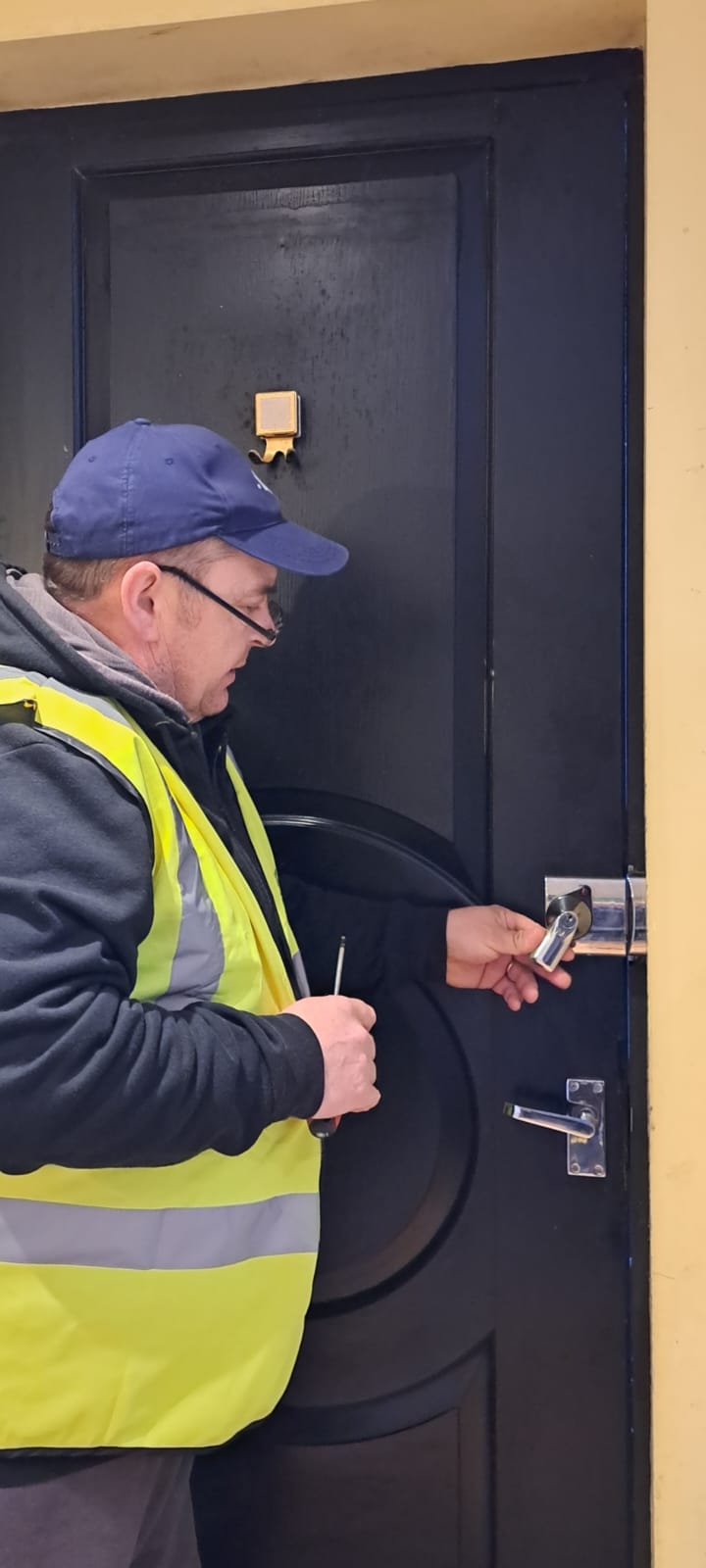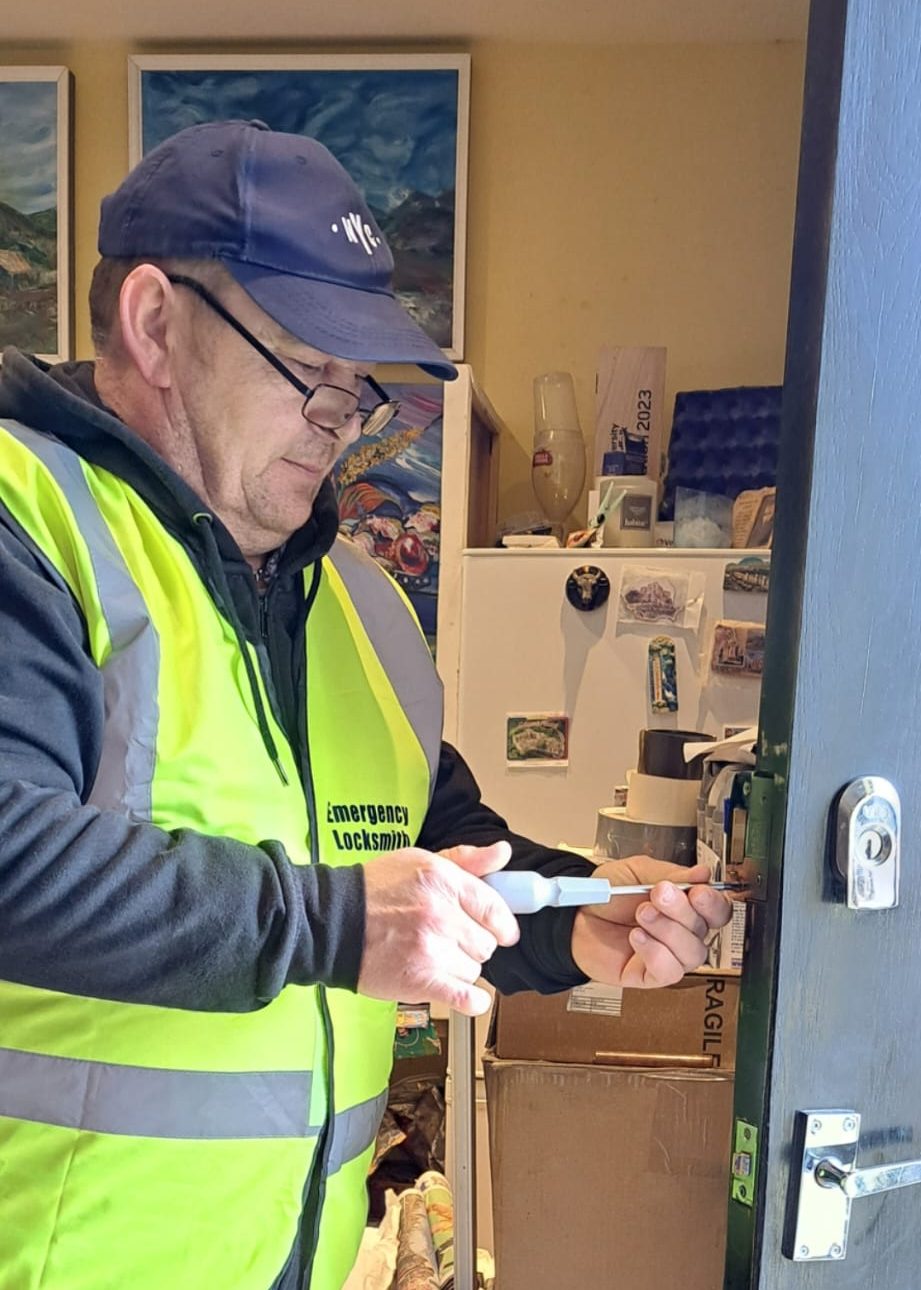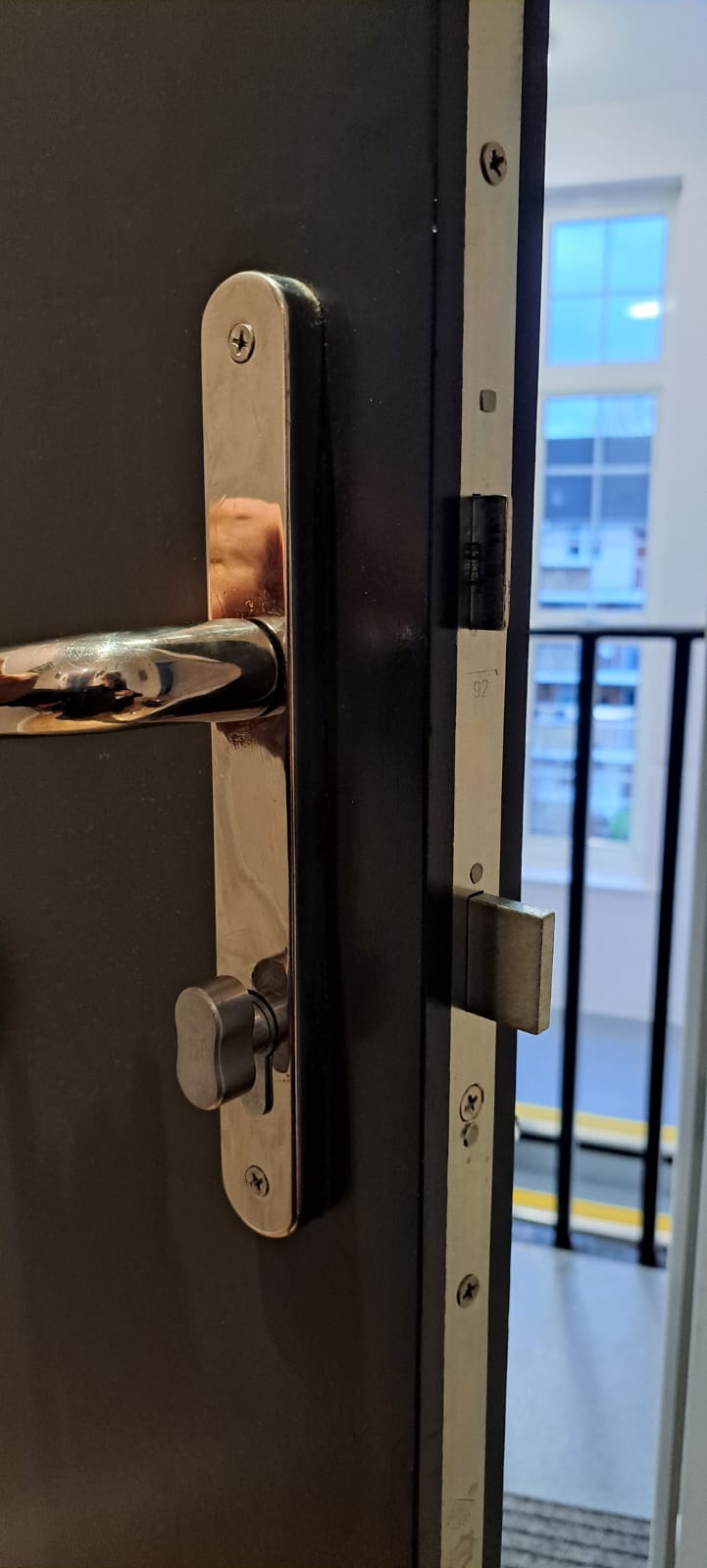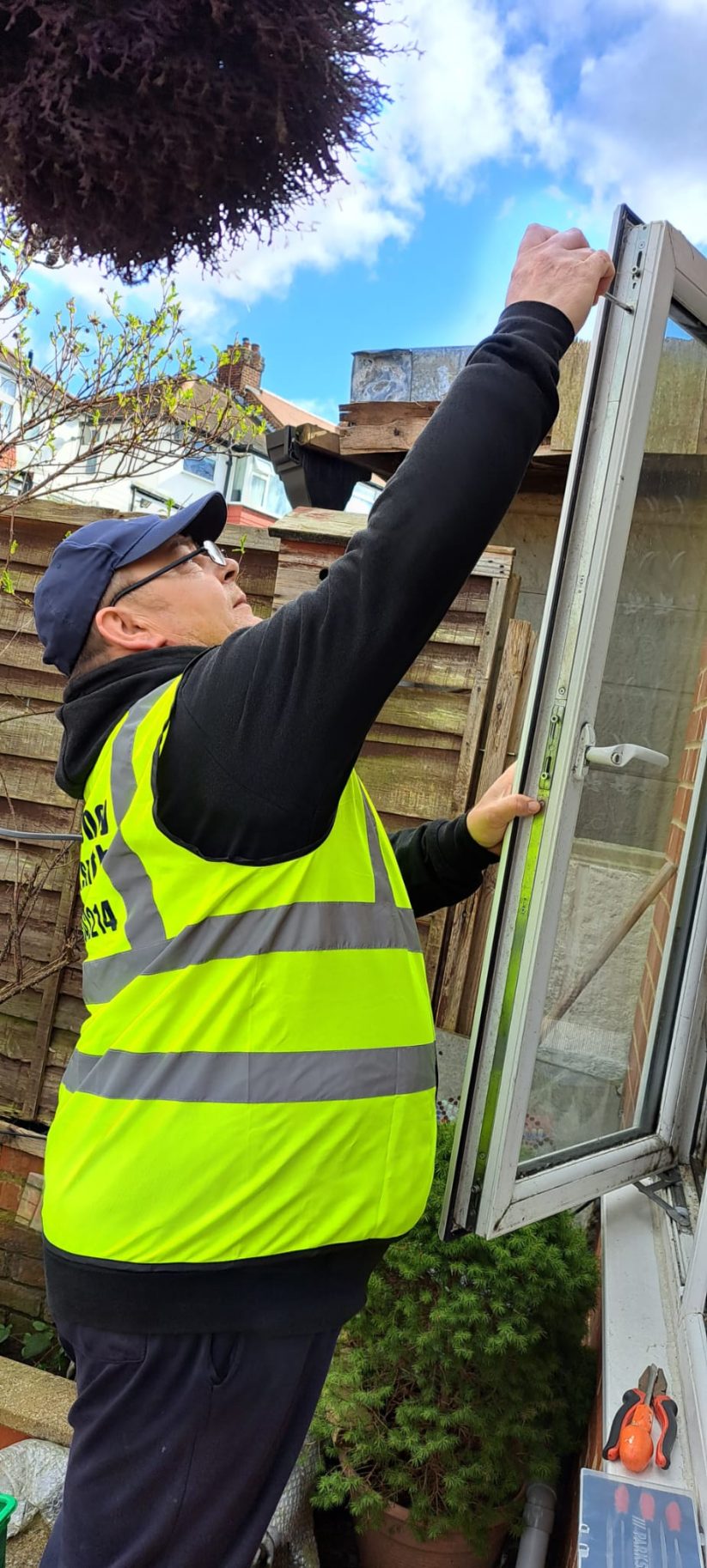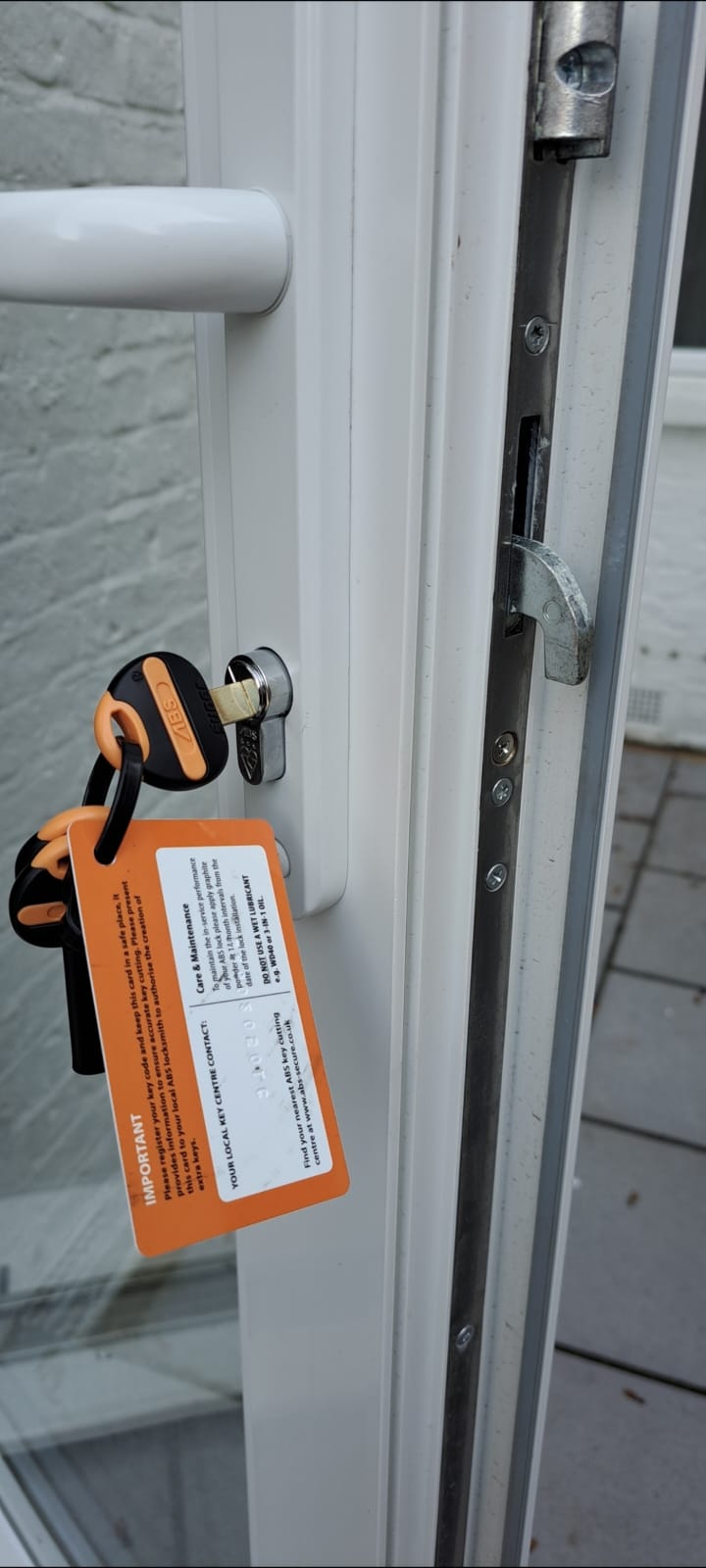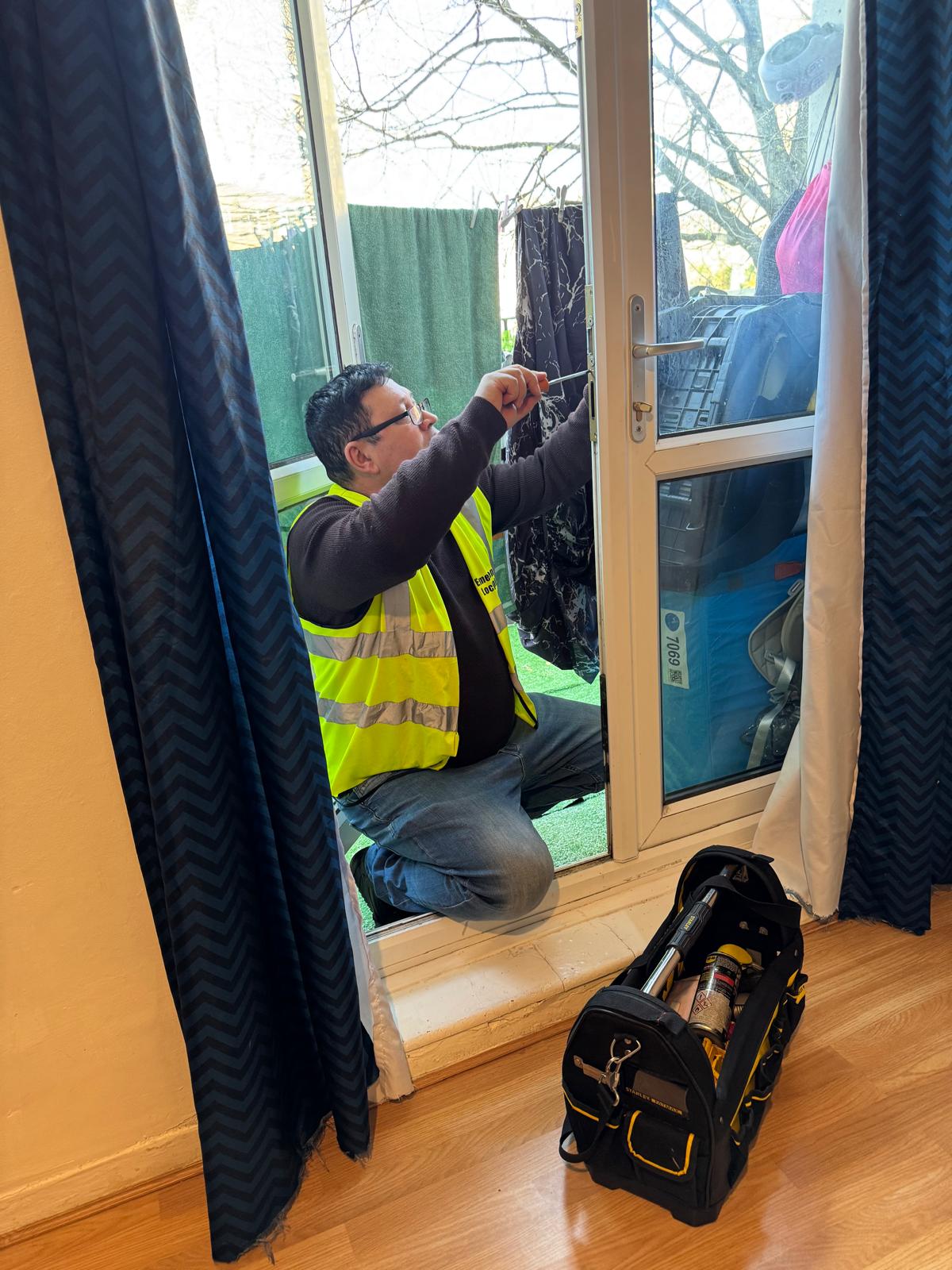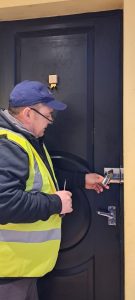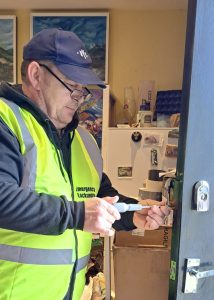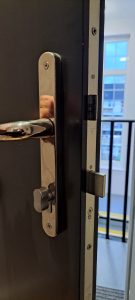| 5 Things to Try When Your Key is Broken in The Lock! |
When a key snaps in a lock, it feels like unbelievably bad luck. However, it’s a common scenario that locksmiths encounter frequently. Depending on your set-up, you might need professional assistance to resolve the problem, but with a little know-how, you can save yourself some time, money, and stress by solving the issue on your own.
Here is a list of the top five things to try when your key is broken in the lock.
1. Assess the Situation
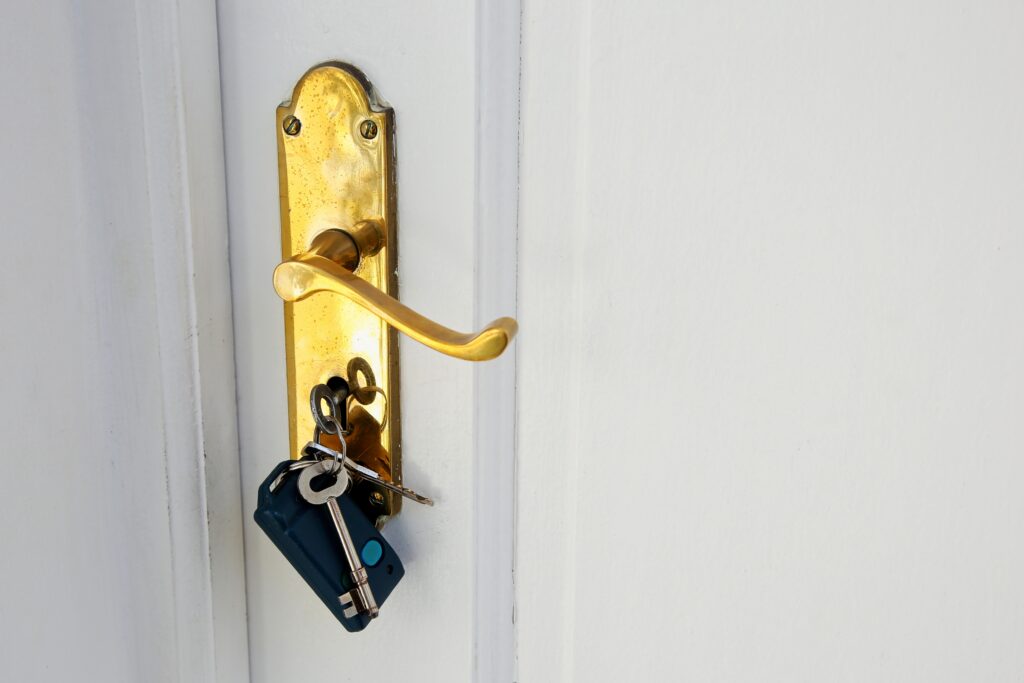
Before you reach for tools or try to wiggle the remaining key, take a step back and evaluate the situation. Here’s a quick checklist of what to do if your key snaps.
- Stay calm: Forcing the key or panicking can lead to rash decisions that may damage the lock beyond repair.
- Check visibility: Is any part of the broken key sticking out? If so, you may have a better chance of extracting it yourself.
- Don’t use the other half: Never insert the remaining piece of the key or another key into the lock—this can push the fragment deeper and complicate removal.
- Avoid excessive force: Don’t attempt to turn the lock with the broken key still inside; this can damage or break internal components.
- Leave the lock in the current position: If possible, keep the lock in the same position it was when the key broke. Turning it may make the extraction harder.
Expert Tip
If the lock is in a public or high-traffic area, consider taping a note over it to prevent others from trying to use it until the issue is resolved.
2. Lubricate the Lock
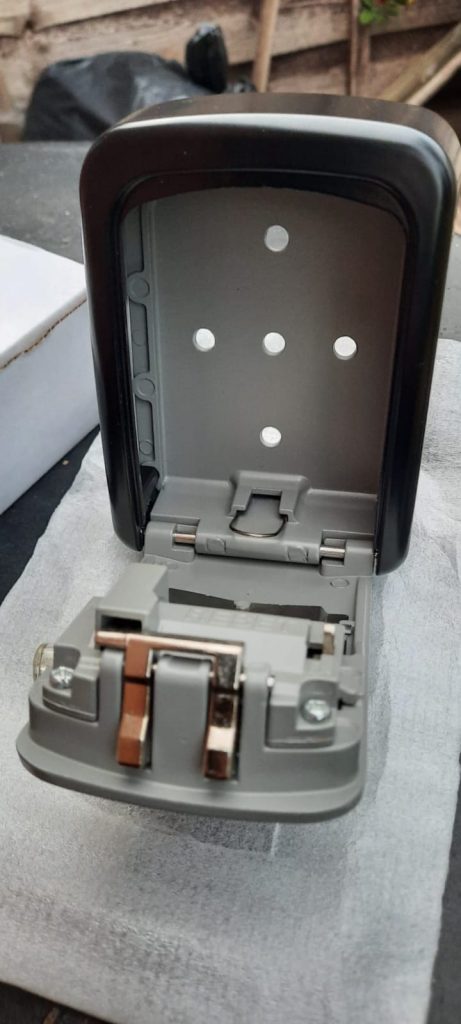
Friction is a barrier to extracting a snapped key from a lock. Proper lubrication can make a big difference. Here’s what to do.
Choose the right lubricant
Graphite powder or silicone-based sprays are ideal for locks. If WD-40 is all you have, you can use it. However, oil-based lubricants are generally best avoided for regular maintenance because they attract dust and grime.
How to apply the lubricant
Insert the spray straw or nozzle into the keyway and give it a short burst. Wait a few minutes for the substance to work through the lock. Lubrication reduces friction between the key fragment and the lock pins, making extraction easier and reducing the likelihood of causing damage.
Expert Tip
Don’t over lubricate the lock. Too much spray can make it sticky and even attract dirt and dust.
3. Use Household Tools for Extraction
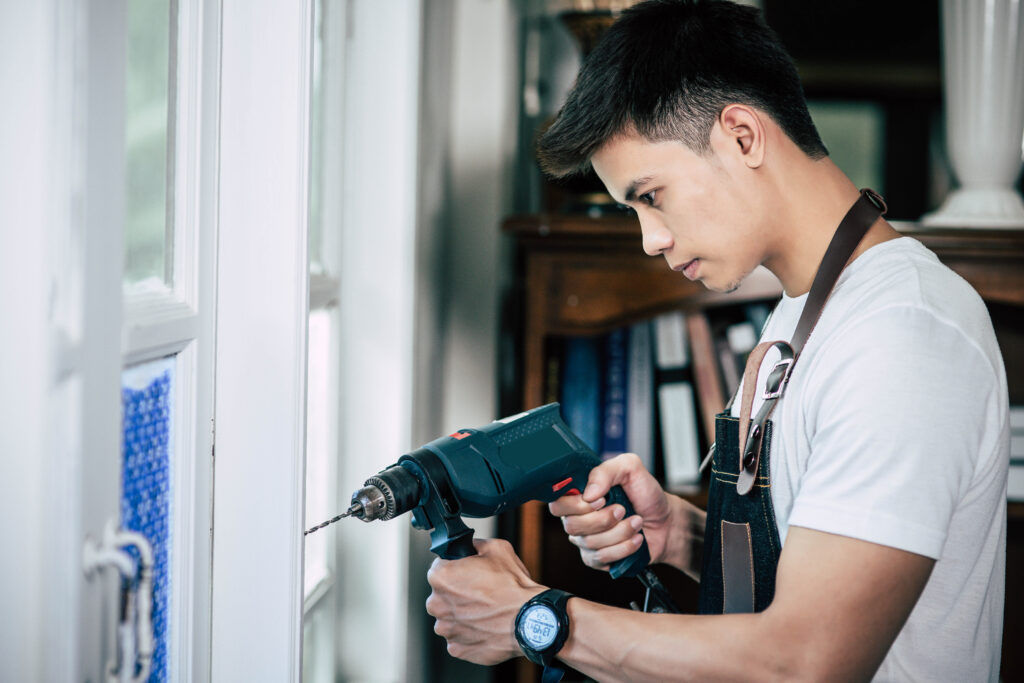
While it varies, sometimes a portion of a snapped key is visible in the lock. You might be able to remove it with items you already have at home. Here are some of the best options.
Do use:
Needle-nose pliers or tweezers: Gently grip the exposed part of the key and pull it straight out. Avoid twisting the key, as this can actually wedge it deeper.
Paper clips, bobby pins, or safety pins: Straighten the tool and insert it alongside the key fragment. Try to hook or push the broken piece out. This method requires a delicate touch, so take your time.
Swiss army knife tweezers: If you have one of these utility tools around the house, the small, pointed tweezers can sometimes fit into tight spaces.
Don’t use:
Avoid tools that are too thick or blunt because they can push the fragment further into the lock or damage its internal pins.
Expert Tip
Stop immediately if the key doesn’t move easily, the tool slips and risks pushing the fragment deeper, you feel resistance, or you hear a grinding noise. Forcing the key out or damaging the lock cylinder can make a key an expensive repair job.
4. Try the Hacksaw/Jigsaw Blade or Glue Stick Method
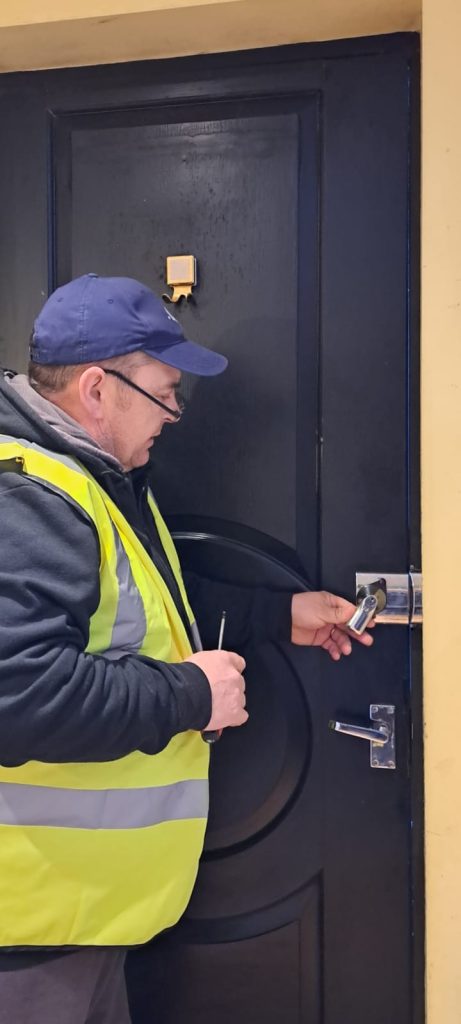
If the previous methods didn’t work, you can try these more advanced techniques. However, you should only attempt these methods if you’re competent with these tools. Even if you are handy, you need to be very cautious because there is a significant risk that you can cause more damage and exacerbate the problem into something far worse.
Hacksaw or Jigsaw Blade Method
Here’s how this method works.
- Use a small, thin, fine-toothed blade, such as a broken hacksaw or jigsaw blade.
- Insert the blade with the teeth facing upwards into the lock alongside the key fragment.
- Gently hook the teeth onto the key and pull it out.
It’s worth underlining that this method is risky. Some potential outcomes include the blade breaking inside the lock, scratching, or damaging the lock’s interior.
Glue Stick Method
Here is how the glue stick method works. Again, proceed with caution here because it’s easy to get it wrong.
- Take a hot glue stick, also called a hot-melt adhesive.
- Slightly melt the tip of the glue stick and press it against the exposed key fragment.
- Hold it in place until the glue cools and sets, then gently pull it away.
It’s important to note that this method only works if some of the keys are visible and accessible.
Expert Tip
These methods are a last resort. If you don’t exactly know what you’re doing, it’s best to stop and call a locksmith.
5. Know When to Call a Professional Locksmith
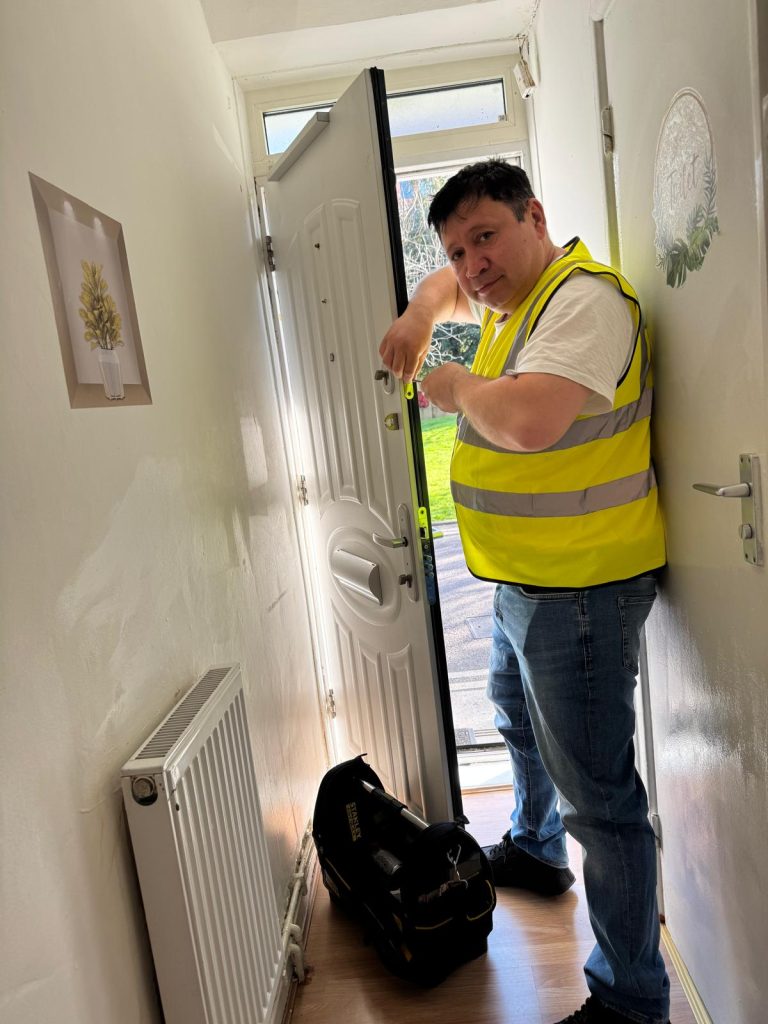
Sometimes, the safest, smartest, and most cost-effective solution is to call in an expert. Here are some of the scenarios where you need a locksmith to help you deal with a snapped key.
- No part of the key is visible or accessible.
- DIY attempts have failed or made the situation worse.
- The lock is valuable, antique, or part of a high-security system.
- You need urgent access e.g., you’re locked out of your home with no alternative entry point.
A locksmith has access to a specialist tool and can advise you if your lock is salvageable. Some professionals can even cut a new key using both broken pieces, potentially saving you from a full lock change.
Expert Tip
Most professional extractions are quick and leave the lock fully functional. Of course, this depends on whether DIY attempts haven’t caused internal damage.
Final thoughts
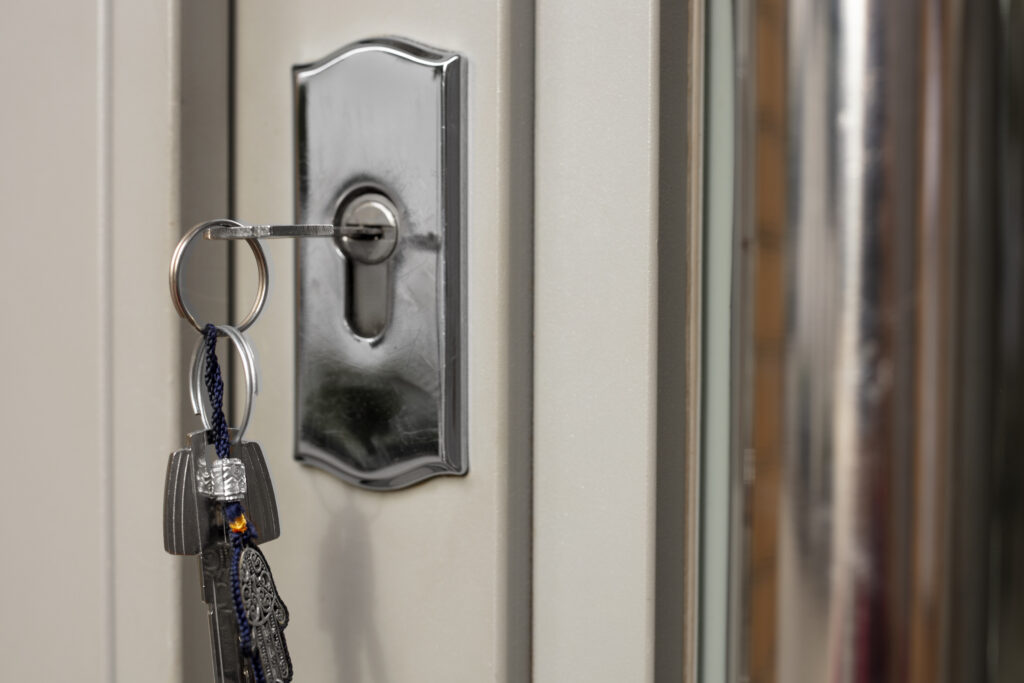
A broken key in a lock is inconvenient, but with the right approach, thanks to our five things to try when your key is broken in the lock, you can often resolve the issue without major hassle.
Always start with gentle, non-invasive methods and know your limits. Forcing the issue can turn a minor problem into a much bigger and more costly repair. When in doubt, call up a professional locksmith to get you back on track quickly and safely.

